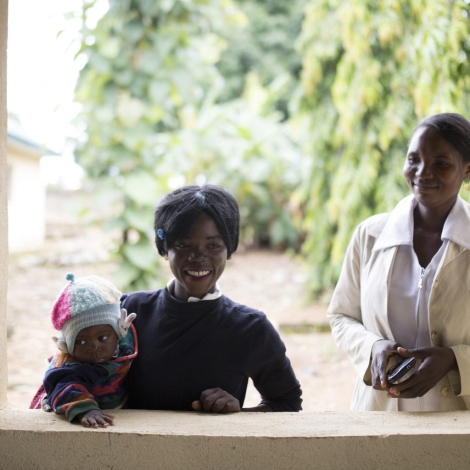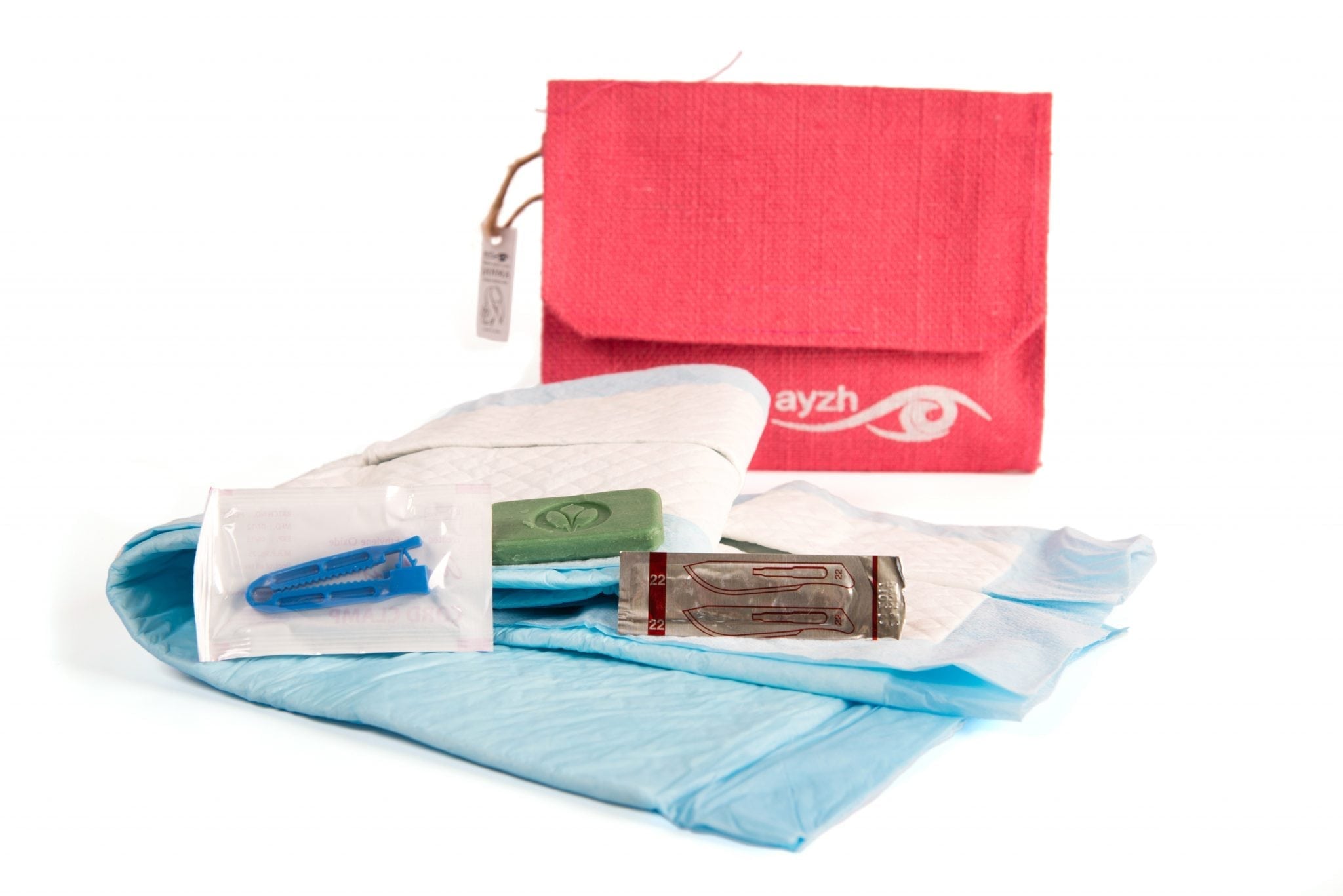“Saving Mothers, Giving Life has undeniably raised the bar in how we address maternal perinatal mortality,” said Dr. Florina Serbanescu, Team Lead of Global Reproductive Health Evidence for Action at the US Centers for Disease Control and Prevention. She spoke at the launch of Global Health: Science and Practice Supplement on Saving Mothers, Giving Life at a recent Wilson Center event. Saving Mothers, Giving Life (SMGL), is a public-private partnership created to reduce maternal and newborn mortality in sub-Saharan African countries.
Three Delays
SMGL tries to build off existing platforms, do it in a practical way, and make the intervention sustainable. This is reflected in strategies used to address the “three delays.” The first delay, in seeking care, was addressed with strategies like ensuring mothers had birth plans, implementing a voucher system to subsidize costs, and distributing “mama kits,” necessary supplies in the event that a mother could not make it to a nearby facility. To address the second delay, in reaching care, the program strengthened the existing referral and transport systems, improved communication tools, and established maternity waiting homes. To reduce the third delay, in receiving care, the program implemented national guidelines, trained and mentored medical staff, and ensured drugs were available.
Innovative solutions that are fast, reliable and accessible in difficult to reach places in Asia, Africa and LatAm can mean a difference between life and death in the three delays outlined by SMGL.
Solutions for the first delay
U-Act is a wearable patch used to monitor uterine activity to predict preterm labor by CareNX Innovations in India. CareNx’s flagship product is CareMother, a mobile pregnancy care platform. It includes a mobile application (for android only), a web application and a medical kit that is carried by health workers to perform doorstep diagnosis and tests. A smart algorithm helps the health workers to detect high-risk pregnancies and connect them to a nearby gynecologist for further diagnosis and treatment.
The EPED (Early Preeclampsia Detection) strip is another such home-based diagnostic test for low-resource settings. Expecting mothers can use this product at home to periodically self-screen for preeclampsia detection. By doing so, these expecting mothers would know when to seek medical care before the complications become severe.
Path safe delivery kit and Janma clean birth kit are some of the solutions available in Engineering for Change’s Solutions Library to alleviate the first delay even further.
Solutions for the second delay
Eranger ambulance, partners for development taxi service and zambulance are a few of the referral and transport systems to provide the solutions for overcoming the second delay. Additionally, the “Transport” section of E4C’s Solutions Library is chock full of solutions for improved communication tools as well as establishing maternity waiting rooms, such as hospitainer, among others.
Solutions for the third delay
NeMo is a program created by Center for Bioengineering Innovation and Design at John Hopkins University to reduce delays in identification of neonatal illness by empowering mothers and promoting care-seeking behavior. Solutions like these will help in addressing the third delay in receiving care at the right time. The “Health” category of E4C’s solutions library also provides additional products and services, such as Neopenda and Careplus to name a few, to help promote such behaviors.
Way forward
Maternal mortality rates are not confined to only the developing countries. In fact, United States has some of the highest maternal mortality rates rates in the developed world. American women are three times more likely to die during or after birth than women in Great Britain and eight times more likely than women in Scandinavian countries. Such numbers could be reversed in both developed and developing countries if the three delays are addressed by the application of above solutions, building trust between the leaders, service providers and patients, having financial mechanisms in place, and last but not least by ensuring the political will.

